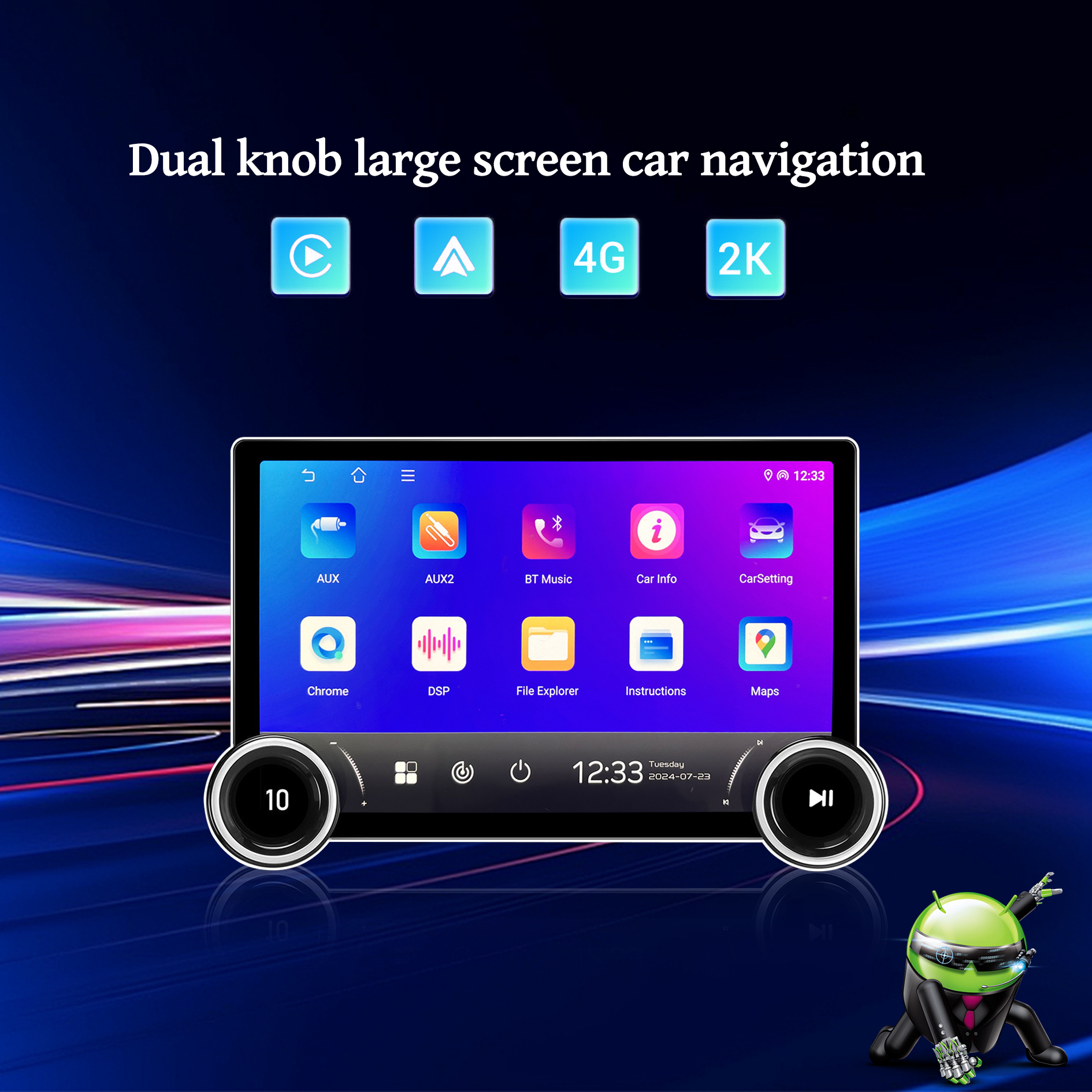Understanding 2K and 4K Resolutions
Video resolutions are categorized by the number of pixels they utilize to create an image, with 2K and 4K representing two popular standards. The term “2K” typically refers to a resolution measuring 2048 x 1080 pixels, primarily used in digital cinema. In contrast, “4K” generally describes a much higher resolution of 3840 x 2160 pixels, which offers four times the pixel density of 1080p Full HD. This increased pixel count translates into greater detail and enhanced clarity in visuals, making 4K particularly favorable for large screen displays and more immersive viewing experiences.
Higher resolutions like 4K provide several advantages including improved image sharpness, more vibrant colors, and the ability to view finer details even at closer distances. Consequently, 4K video is gaining traction not only in cinema but also in streaming, gaming, and home television setups. It is essential to note that while 2K resolutions are sufficient for smaller screens, the allure of 4K is more pronounced on larger displays where its exceptional detail can be fully appreciated.
The performance of these resolutions on Android screens is contingent upon several factors, including the device’s hardware capabilities and screen quality. Many modern Android devices are equipped to handle 4K playback; however, this requires a powerful processor and sufficient RAM. The screen quality also plays a crucial role, as an inferior display can undermine the advantages of higher resolutions. It is important for users to consider both their device specifications and individual viewing preferences when selecting which resolution to use, particularly when utilizing streaming services or engaging in 4K gaming. Thus, understanding 2K and 4K resolutions significantly contributes to an enhanced and tailored viewing experience on Android devices.
The quality of the screen on Android devices significantly influences the playback of 2K and 4K videos. Various display technologies, such as AMOLED and LCD, each offer distinct advantages that affect color reproduction, brightness, and overall resolution. AMOLED screens are renowned for their deep blacks and vibrant colors, thanks to their ability to turn off individual pixels. This feature enhances the contrast ratio, making 4K content appear more immersive and lifelike. On the other hand, LCDs, while generally less vibrant, provide consistent brightness levels, which can be beneficial for outdoor viewing. However, they may struggle with true blacks, potentially diminishing the experience with darker content.
When viewing high-resolution videos, screen resolution and pixel density are also crucial factors. A higher resolution display will render finer details, particularly noticeable in 4K videos. Users should consider screens with at least 400 pixels per inch (PPI) or higher for optimal clarity. Many newer Android devices boast such resolutions, which are particularly effective in bringing out the stunning detail found in 4K content. Furthermore, the compatibility of the device with high-definition video formats is essential; not all screens and software are created equal, and users should ensure their devices can support the latest video playback standards.
Performance considerations, such as battery usage and heat generation, also play a vital role in video playback. Streaming or playing high-resolution videos can put significant strain on the device, leading to increased battery consumption and potential overheating. It is advisable for users to monitor device temperature and battery levels, especially when engaging in prolonged viewing sessions. Selecting an Android device that efficiently manages these factors will enhance the overall viewing experience, making it easier to enjoy the richness of 2K and 4K video content on modern screens.










